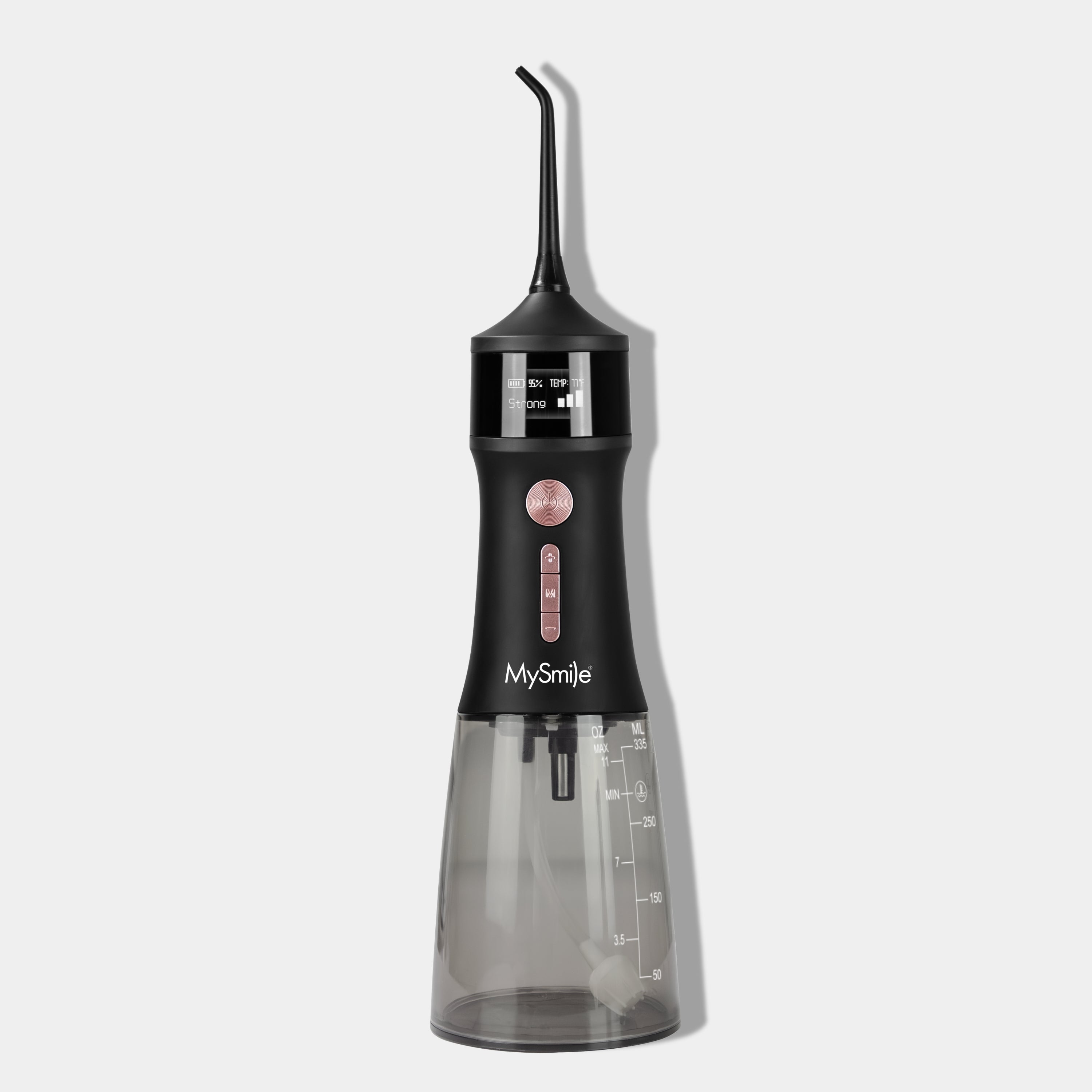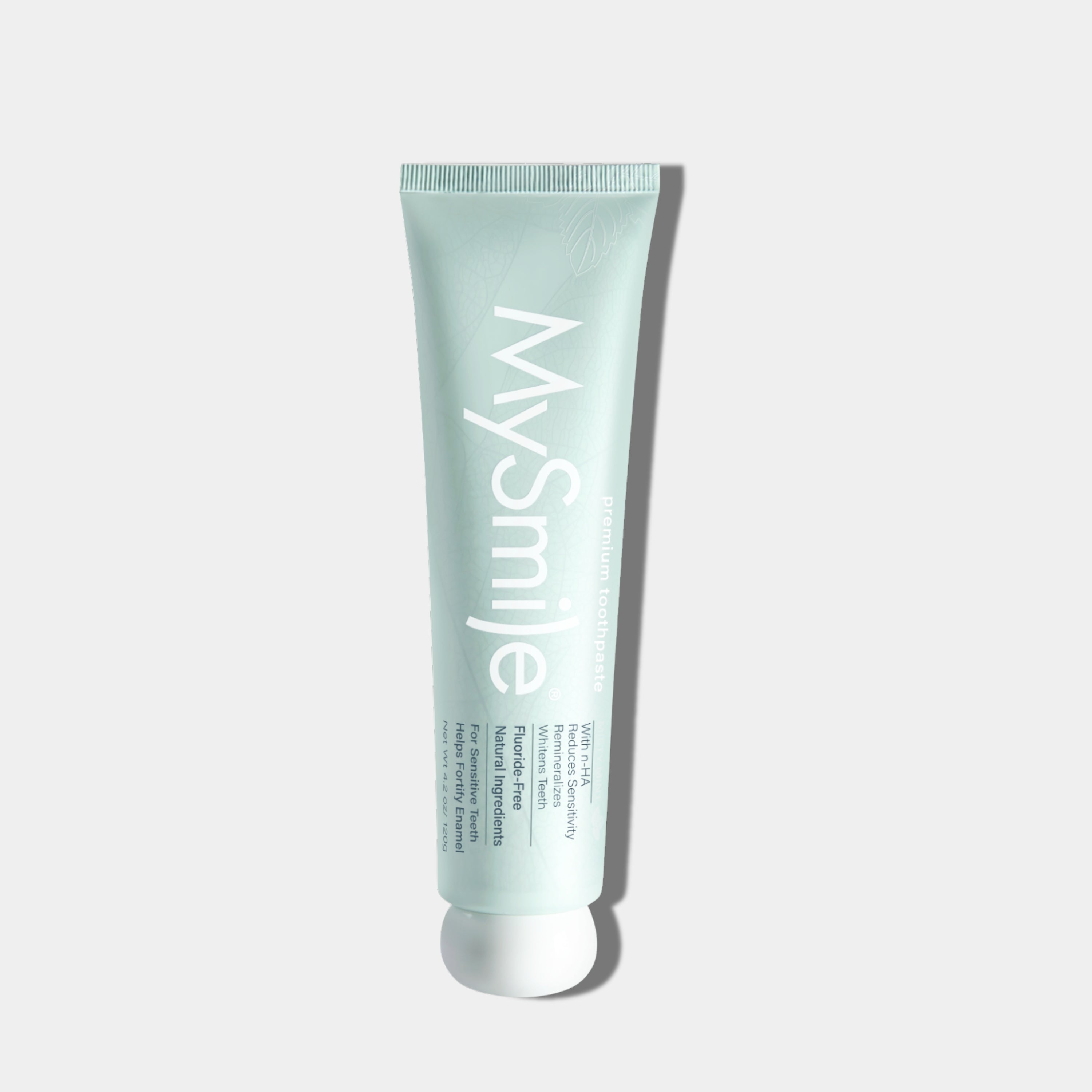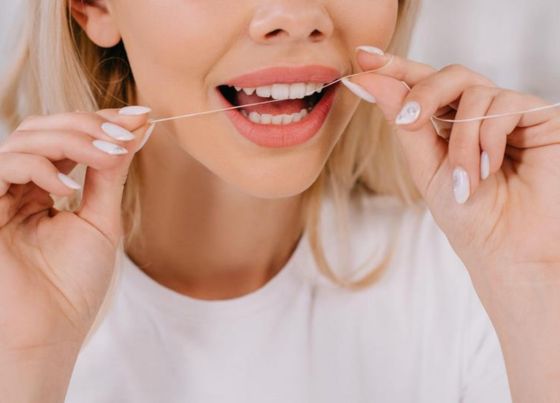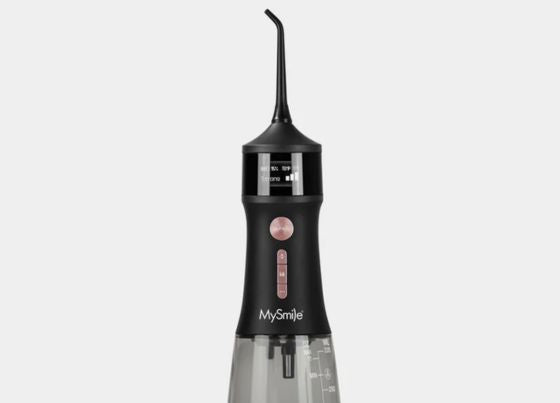Want a brighter, healthier smile? It’s not just about brushing and flossing—it’s about how you do it! So, here’s the big question: Should you floss before or after brushing? Both are essential for keeping your teeth clean and breath fresh, but the order matters!
Surprisingly, research shows that flossing first is the winning move. Why? Flossing loosens plaque, bacteria, and food particles between your teeth, making it easier for your toothbrush to sweep them away. Plus, it helps your toothpaste’s fluoride reach those tricky spaces, strengthening your enamel.
So, you must Floss or Brush First or second for a fresher, healthier mouth! Let's get into more detail!
Should I Floss Before or After Brushing?
Many people brush first and floss afterward, believing this method is more effective. However, recent studies suggest otherwise. The benefits of flossing before brushing are significant. Flossing enables you to remove plaque and food particles from between the teeth before brushing and sweeps them away.
The American Dental Association (ADA) recommends flossing first, which can loosen bacteria and debris from hard-to-reach places. When you follow up with brushing, fluoride toothpaste can better penetrate between teeth, strengthening enamel and providing a deeper clean.
Why Should You Floss Before Brushing?
If you're wondering why dentists floss after brushing, the truth is that most recommend flossing first. Here are a few key reasons.
Flossing before brushing significantly removes hidden debris. It displaces food particles and plaque from between teeth, making brushing more effective. Brushing afterward allows fluoride from toothpaste to reach interdental spaces, helping prevent cavities.
In some cases, plaque hardens into tartar over time, leading to gum disease. Flossing first helps minimize this risk. Lastly, brushing first may make you less inclined to floss afterward, but flossing first ensures you don't skip this essential step.
How to Properly Floss Your Teeth
Follow these simple steps to get the most out of your flossing routine.
-
Cut about 12 to 18 inches of floss
-
Move the floss around your fingers, leaving a small section to work with.
-
Guide the dental thread between your teeth with a gentle back-and-forth movement.
-
Form a C-shape, or curve the floss around each tooth and gum and slide it beneath the gumline.
-
Clean each tooth using an up-and-down motion, ensuring all plaque is removed.
-
Rewind the floss to use a clean section for each tooth.
With these easy-to-follow tips, you can easily floss your teeth, even on the challenging part. Now, it's time to brush your teeth in the correct manner. This way, you will get the desired results from the first use.
How Often Should You Floss?
While brushing twice daily is a well-known recommendation, flossing is just as important. The ADA advises flossing at least once a day to prevent plaque and debris buildup and gum disease. If flossing feels time-consuming, consider alternatives like floss picks or water flossers for a more convenient option.
Making Flossing a Daily Habit
If flossing isn’t part of your daily routine yet, here are some tips to help you get started.
-
Place your floss next to your toothbrush as a reminder.
-
Commit to flossing daily for a week and gradually build the habit.
-
Find a time that works best for you, whether it’s morning, evening, or after meals.
-
To find what works best, try different types of floss, such as waxed floss, tape floss, or water flossers.
Smart Dental Care Tips for a Healthier Smile
Want to keep your teeth in top shape? Here are some essential tips for flossing, brushing, and rinsing the right way:
-
Skip the toothpicks! Flossing is gentler on your gums and helps prevent infections.
-
If you wonder how long should you brush your teeth. Brush twice a day for two minutes. Hold your toothbrush at a 45-degree angle and use gentle back-and-forth motions. Don’t forget the inner and outer surfaces of your teeth!
-
Use fluoride-based toothpaste and mouthwash to strengthen enamel and fight cavities.
-
Be gentle to avoid bleeding gums. When you reach the stained gum line, curve the floss in a C-shape for a thorough clean.
-
Brushing your tongue helps eliminate bacteria, freshens your breath, and promotes better oral hygiene.
-
Only use teeth brushing products approved by the American Dental Association (ADA) for safety and effectiveness.
-
Schedule professional dental cleanings at least twice a year to keep your smile in check.
Conclusion
The simple answer to whether you should floss before or after brushing is you must floss before. It will help prevent plaque, debris, and food particles from building up in your teeth and make your breath minty fresh. This small change will also boost fluoride absorption and keep your teeth and gums in top shape.
Along with a regular floss routine, you can also try premium toothpaste from MySmile. For years, our MySmile Teeth Whitening Products have been popular among the masses to provide sparkly results. Our premium quality toothpaste and other products will partner up with your flossing routine and give you a dazzling smile instantly.









